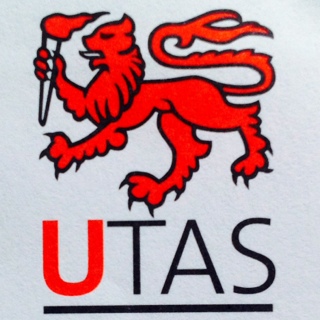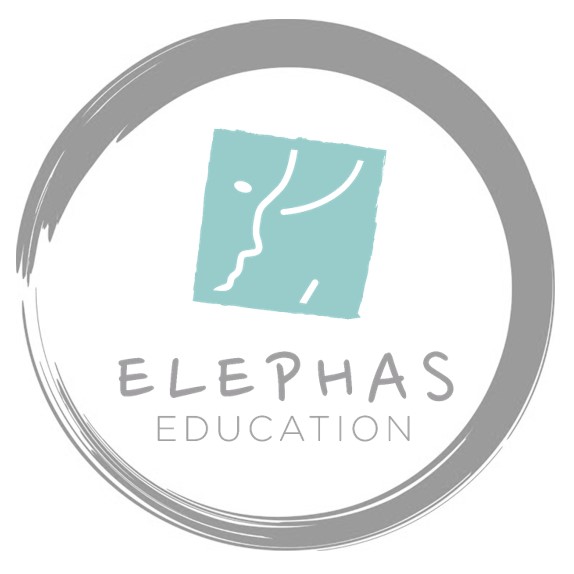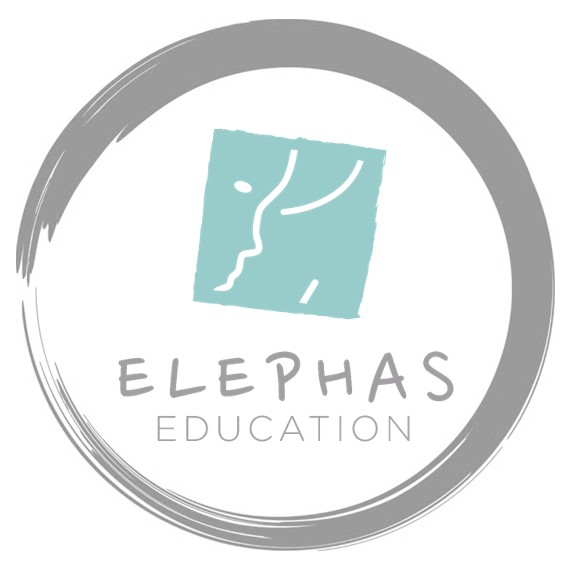Title Page
-
Location
- E1 - Euclid
- E2 - Oregon
- E3 - Rossford
- E4 - Starr
- E5 - Navarre
- E6 - Indiana
- E7/8 - Jackman
- E9 - Laskey
- E10 - Southwyck
- E11 - Woodville
- E12 - Sylvania
-
Conducted on
-
Prepared by
-
Personnel
-
Document No.
Licensing Book
-
Current fire inspection on file.
-
Current food service license from health department on file.
-
Current Cater Tots food safety license on file.
-
Current Cater Tots meal license on file.
-
Policy for Responding to a Vomiting or Diarrheal Incident on file.
-
Completed Disaster Plan on file.
-
Fire drill log completed monthly.
-
Weather drill log completed monthly.
-
Lock down or emergency drill completed quarterly.
-
Playground inspection completed quarterly.
-
Smoke detectors tested and logged monthly.
-
Carbon monoxide detectors tested and logged monthly.
-
Cots power washed and logged every three months.
-
Most recent licensing inspection report on file.
-
Yearly (ASE) Vehicle Inspection Report on file.
-
Vehicle inspections completed weekly.
-
Vehicle evacuation drill(s) completed monthly.
Parent Board
-
Center license posted.
-
Smoking prohibited posted.
-
Concealed weapons posted.
-
All meal menus with substitutes posted.
-
Process for viewing recent licensing inspection posted.
-
Ratio sheet posted.
-
Medical, Dental, and Medical Emergency Plan posted.
-
Dental First Aid posted.
-
Three food service licenses posted.
Kid Files
-
Enrollment form
- all fields completed, lined out, or n/a
- must be signed or reviewed by current administrator
- emergency contact cannot be further than one hour away
- street address and phone must be listed for doctor
- must allow to transport in emergency
- reviewed annually
- cross outs need initials
Medical
- 13 month expiration
- both checkboxes selected
- must have immunization record
- must be on file within 30 days of enrollment
Care Plans
- must be reviewed and signed by administrator
- must match medication
- reviewed annually
- one condition or medication per form -
Were kid files reviewed today?
-
Inspector to upload current kid files.
-
Total files:
-
Total compliant files:
-
Compliance Percentage:
-
Comments:
Staff files
-
Proof of Education
Medical
- must be completed prior to start date
- must have tDap confirmation as of 1/1/18
Professional Development
- completed within 30 days of hire
- signed by administrator
Background Check
- submitted before start date
Nonconvict
Health Trainings
- CPR and First Aid - expires every two years
- Communicable Disease - expires every two years
- Abuse - expires every three years, must be completed within 30 days of hire
Driving
- expires after one year
- must have valid drivers license on file
**openers and closers must have 6-hour abuse training, must be certified in CPR, First Aid, and communicable disease -
Were Staff files reviewed today?
-
Inspector to upload current staff files.
-
Comments:
First Aid Kits
-
Select "Add First Aid Kit" for EACH first aid kit at the center.
First Aid Kit
-
First Aid Location:
-
water (be sure not expired)
-
first aid tape
-
gauze squares (different sizes)
-
rolled gauze bandage
-
triangular bandage
-
scissors (rounded-ended)
-
tweezers
-
adhesive bandages (different sizes)
-
working flashlight
-
probe covers
-
working thermometer
-
Save-A-Tooth kit (or note)
-
gloves
-
instant cold pack
-
hand sanitizer (be sure not expired)
-
plastic bags (different sizes)
-
CPR face mask
Infant Classroom(s)
-
Select "Add" for each INFANT CLASSROOM at this location.
Infant Room
-
Which classroom?
-
Classroom Bulletin Board postings: <br>1) Medical, Dental, and Emergency Plan <br>2) Dental First Aid <br>3) Classroom ratios<br>4) Evacuation route <br>5) Weekly lesson plan <br>6) Classroom schedule
-
Cribs and Sleeping: <br>1) There are enough cribs (or cots for those over 12 months or with prior doctor approval) in the classroom for number of infants present. <br>2) When in use, cribs are two or more feet apart, unless separated by a clear, non-breakable divider. <br>3) All cribs are accessible on at least two sides. <br>4) All cribs with infants 12 months or younger are free of blankets.<br>5) All swaddled infants are not yet rolling.<br>6) All cribs are free of all loose objects while infants are sleeping (pacifiers included).<br>7) All face's can be seen while sleeping, i.e. no blankets covering heads.
-
Toileting and Diapering: <br>1) All diaper receptacles have been placed out of reach of mobile children.<br>2) The diaper receptacle has a working foot pedal or swinging lid to prevent hand contamination.<br>3) Diapering logs are being completed.<br>4) Soiled clothes are stored appropriately (in plastic bag, away from clothing, out of reach, and not in cubby).
-
Feeding: <br>1) All formula is labeled with infant's name and today's date.<br>2) All breast milk is labeled with infant's name, date expressed, and date prepared.<br>3) All food is in a NSF containter and dated.
-
Infant Paperwork: <br>1) All parent preference sheets are updated.<br>2) A daily care sheet is being completed for each infant. <br>3) A feeding schedule is being completed for each infant.
-
All children have been signed in and out appropriately.
-
The teacher is actively supervising at all times (within sight and sound).
-
Transition Children: <br>1) All transition children are on both attendance sheets with specific dates and times the child was with each class. <br>2) All transition children's transition agreements are posted in both applicable classrooms.
-
Classroom Storage: <br>1) All employees personal belongings are out of reach. <br>2) All medications, lotions, etc. are stored and documented appropriately. <br>3) No additional uppers or storage needed.
-
Equipment and Furniture Safety: <br>1) All rugs are nonskid or taped down. <br>2) All chairs are unstacked. <br>3) All indoor climbing apparatuses have mats beneath. <br>4) All door, cabinet, and drawer latches or locks work properly. <br>5) All phones have the Medical, Dental, and General Emergency Plan posted nearby.
-
Chemicals Safety: <br>1) All spray bottles are labeled appropriately. <br>2) All cleaning and sanitizing equipment out is out of reach of children or locked up.
-
Electrical Safety: <br>1) All lights are working properly. <br>2) All electrical outlets and surge protectors have outlet covers. <br>3) All electrical cords are out of reach of children or enclosed.
-
Classroom Cleanliness: <br>1) All clutter has been removed from counter tops, shelves, bookcases, etc. <br>2) Floors are clean, dry, and free of debris. <br>3) All vent are clean and free of dust buildup. <br>4) All garbage cans are emptied and clean.
-
Bathroom Cleanliness: <br>1) All toilet bowl cleaners are out of sight and not accessible by children. <br>2) All toilets are flushed after each use.
-
Supplies: <br>1) Paper towel, soap, and toilet paper dispensers have adequate supplies. <br>2) If toothbrushes are present, each brush AND slot is labeled with the child's name, not in contact with other brushes, replaced every three months (at minimum), and the storage rack is sanitized monthly.
Medications
-
All emergency medications are accessible at all times.
-
For medications given daily, all absences are noted on the medication administration log.
-
On the medication administration form, box one is completely filled out, and if the medication is a prescription, matches the prescription label.
-
If the medication is a prescription, the label is on the original box/container (cannot be cut off the box and kept with the medication). A Medication label must have: full name, current dispense date within the last 12 months, exact dosage, and directions for use.
-
All topical products and lotions, including diaper creams, have a medication administration form completed (box one only needed if applied according to manufacturer's instructions). Diaper creams must use actual product name.
Visual Walkthroughs
-
Select "Add Classroom" for each classroom inspected.
Classroom
-
Which classroom?
-
Classroom Bulletin Board postings: <br>1) Medical, Dental, and Emergency Plan <br>2) Dental First Aid <br>3) Classroom ratios <br>4) Evacuation route <br>5) Weekly lesson plan<br>6) Classroom schedule
-
All children have been signed in and out appropriately.
-
The teacher is actively supervising at all times (within sight and sound).
-
All pets are inoculated, licensed, and properly cared for.
-
Transition children: <br>1) All transition children are on both attendance sheets with specific dates and times the child was with each class. <br>2) All transition children's transition agreements are posted in both applicable classrooms.
-
Classroom Storage: <br>1) All employees personal belongings are out of reach. <br>2) All medications, lotions, etc. are stored and documented appropriately. <br>3) No additional uppers or storage needed.
-
Equipment and Furniture Safety: <br>1) All rugs are nonskid or taped down. <br>2) All chairs are unstacked. <br>3) All indoor climbing apparatuses have mats beneath. <br>4) All door, cabinet, and drawer latches or locks work properly. <br>5) All phones have the Medical, Dental, and General Emergency Plan posted nearby.
-
Chemicals Safety: <br>1) All spray bottles are labeled appropriately. <br>2) All cleaning and sanitizing equipment out is out of reach of children or locked up.
-
Electrical Safety: <br>1) All lights are working properly. <br>2) All electrical outlets and surge protectors have outlet covers. <br>3) All electrical cords are out of reach of children or enclosed.
-
Classroom Cleanliness: <br>1) All clutter has been removed from counter tops, shelves, bookcases, etc. <br>2) Floors are clean, dry, and free of debris. <br>3) All vent are clean and free of dust buildup. <br>4) All garbage cans are emptied and clean.
-
Bathroom Cleanliness: <br>1) All toilet bowl cleaners are out of sight and not accessible by children. <br>2) All toilets are flushed after each use.
-
Supplies: <br>1) Paper towel, soap, and toilet paper dispensers have adequate supplies. <br>2) If toothbrushes are present, each brush AND slot is labeled with the child's name, not in contact with other brushes, replaced every three months (at minimum), and the storage rack is sanitized monthly.
Kitchen and Food Prep
-
The policy for Responding to a Vomiting or Diarrheal Incident is posted.
-
The cleanup kit is present and stocked appropriately.
-
Thermometer is cleaned with an alcohol pad before testing.
-
CACFP binder is in the kitchen.
-
All surfaces, appliances, and equipment are kept clean.
-
All refrigerators and freezers read proper temperatures (fridge: 41F, freezer: 10F).
-
The refrigerator door magnet gasket are free from tears.
-
All food is stored in NFS containers and labeled with the date opened.
-
The can opener is free of gunk.
-
Food is always covered during transport around the building.
-
All boxes and food items are at least six inches off the floor.
-
Sanitizing tablets and test strips are available and not expired.
-
All soap and paper towel dispensers are stocked.
Admin/Other
-
The administrator's hours of availability are posted.
-
A copy of the licensing book is available for all staff in a designate area.
-
All incident reports are documented appropriately.
-
A communicable disease chart is posted by the entrance.












